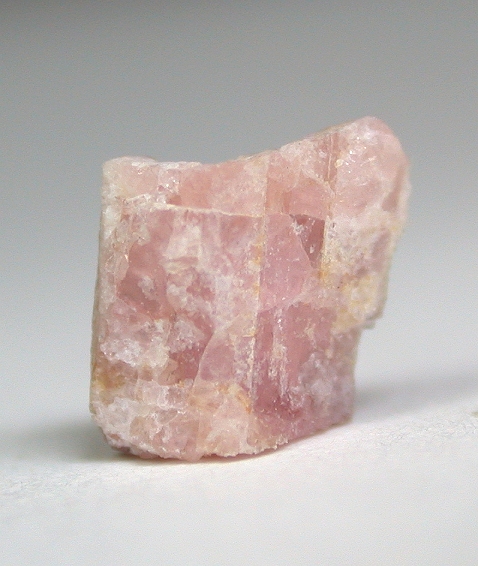Darrellhenryite,
NaLiAl2Al6(BO3)3Si6O18(OH)3O,
a new mineral from the tourmaline supergroup
Milan Novák1,
Andreas
Ertl2, Pavel Povondra3,
Michaela Vašinová Galiová4,
George R. Rossman5,
Helmut Pristacz2,
Markus Prem2, Gerald Giester2,
Petr Gadas1 and
Radek Škoda1
1Department
of Geological Sciences, Masaryk
University,
Kotlářská 2, 611 37, Brno, Czech Republic
2Institut
für Mineralogie und Kristallographie, Geozentrum,
Universität Wien, Althanstrasse 14, A
1090 Wien,
Austria
3Department
of Geochemistry, Mineralogy and Natural Resources,
Charles University,
Albertov 6, 128 43 Praha 2, Czech Republic
4Department
of Chemistry, Masaryk
University,
Kotlářská 2, 611 37 Brno,
Czech
Republic
5Division
of Geological and Planetary Sciences, California Institute of
Technology,
Pasadena, CA 91125-2500, USA
ABSTRACT
Darrellhenryite, a new member of
the tourmaline supergroup (relates to the alkali-subgroup 4), is a new Li-bearing
tourmaline species derived from closely related elbaite by the substitution YAl0.5WO1 YLi-0.5W(OH)-1. It occurs
in complex (Li-bearing) petalite-subtype pegmatite with common lepidolite, Li-bearing tourmalines, and
amblygonite from Nová Ves near Český Krumlov, southern Bohemia,
Moldanubian Zone, Czech Republic. This zoned
pegmatite dike, crosscuts a serpentinite body enclosed in leucocratic
granulites. Darrellhenryite forms columnar crystals (sometimes in parallel
arrangement), up to 3 cm
long and up 2 cm
thick, associated with albite (cleavelandite), minor quartz, K-feldspar,
petalite, rare polylithionite and locally rare pollucite. The optical
properties and the single-crystal structure study (R1 = 0.019) of darrellhenryite confirm trigonal symmetry, ω =
1.636(2), ε = 1.619(2), birefringence: 0.017, space group R3m, a = 15.809(2), c =
7.089(1) Ĺ, V = 1534.4(4) Ĺ3,
and Z = 3. The chemical
analysis, in combination with the crystal structure refinement, gives the
formula X(Na0.58Ca0.01˙0.41) Y(Li1.05Al1.95) ZAl6 (BO3)3
T(Si6O18)
V(OH)3 W(O0.66F0.34), which can be simplified to
an ideal formula of NaLiAl2Al6(BO3)3Si6O18(OH)3O.
The strongest lines of the
powder pattern [d in Ĺ (I, hkl)]
are 4.180 (39, 211), 3.952 (54, 220), 3.431 (73, 012), 2.925 (100, 122), 2.555
(90, 051), 2.326 (42, 511), 2.029 (42, 223), 2.021 (42, 152), 1.901 (50, 342),
1.643 (49, 603). The density is Dmeas = 3.03(3) g/cm3, Dcalc =
3.038 g/cm3.
Darrellhenryite is likely related to Li- and B-rich but F-moderate
environments in complex pegmatites; no influence of higher activity of O on the
darrellhenryite formation is implied from its mineral assemblage. The name is
for Darrell J. Henry, Professor of Geology at the Louisiana
State University,
Baton Rouge, USA, an expert on the mineralogy, petrology,
crystal chemistry and nomenclature of tourmaline-supergroup minerals.

A portion of the type darrellhenreyite. The pink color comes from its manganese content.
Optical Spectral Data:
E perpendicular to c
E parallel to c
Image of the Vis plotted as 1.0 mm.
Near-Infrared Data:
E perpendicular to c
E parallel to c
Image of the NIR plotted as 1.0 mm.

